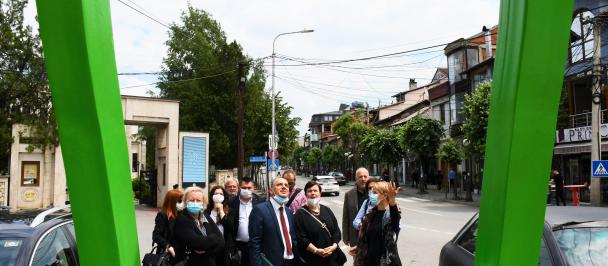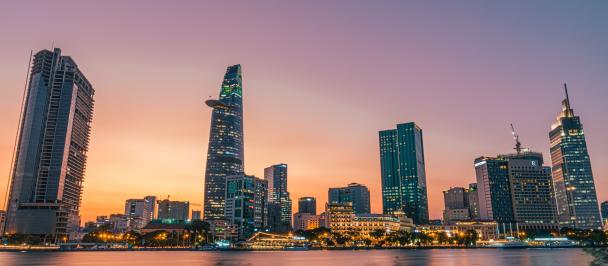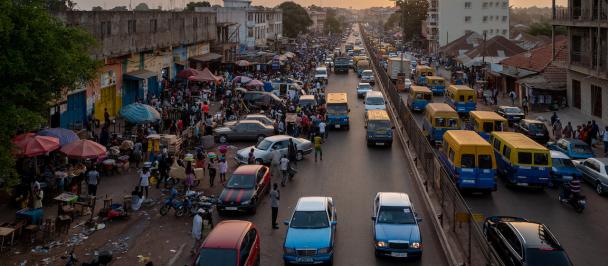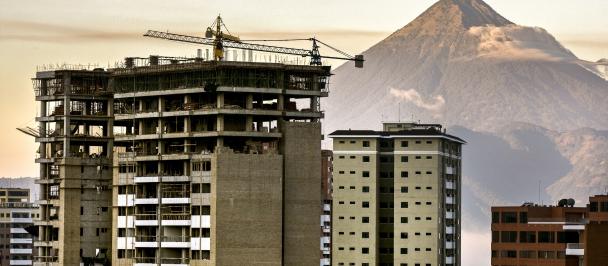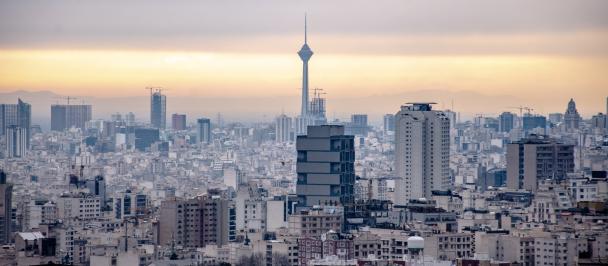Urban resilience: Addressing an old challenge with renewed urgency
June 27, 2022
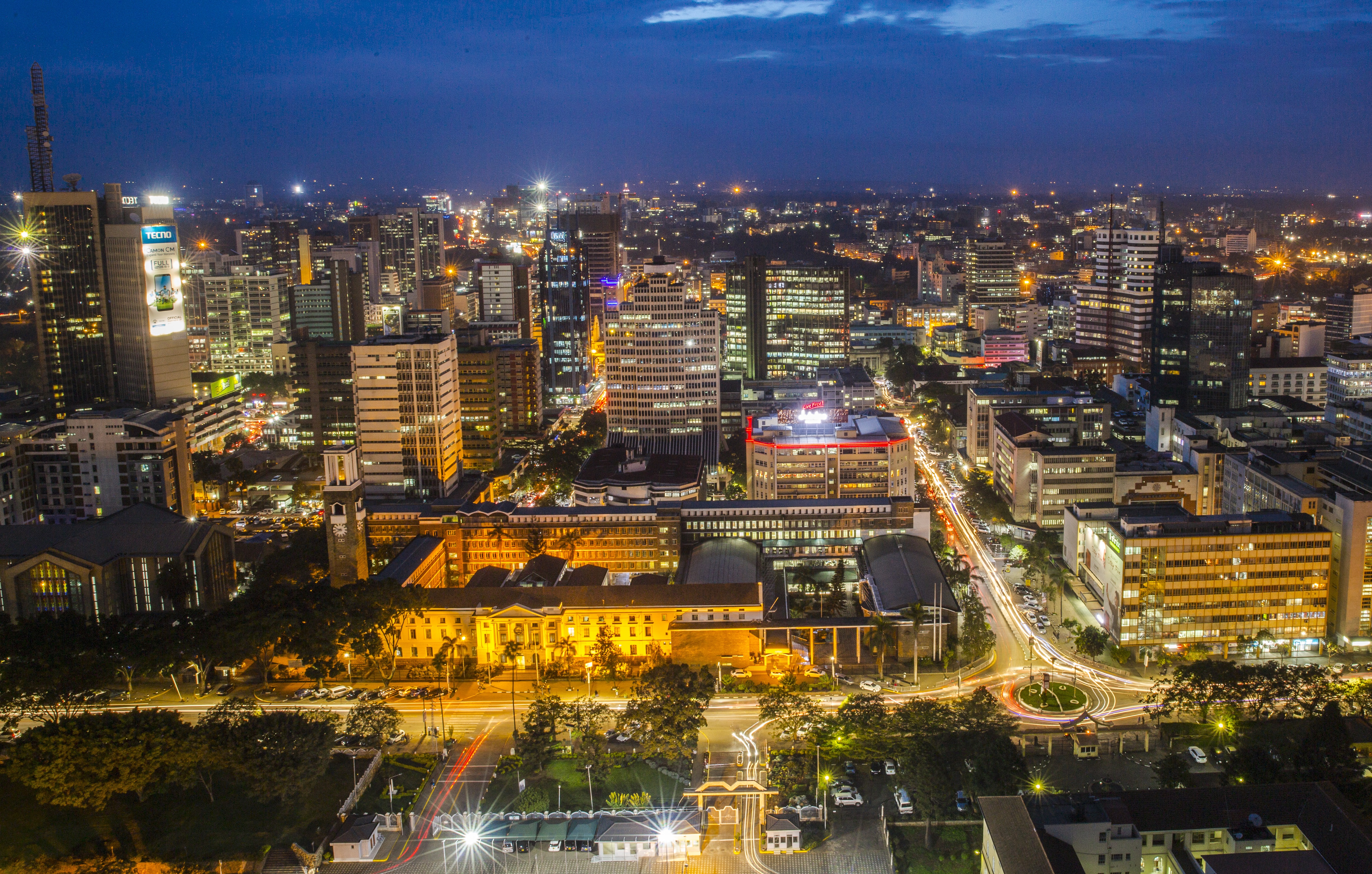
The need for development action in cities cannot be overlooked. Over half of humanity lives in urban settings, and this figure projected to rise to two thirds by 2050.
Incredibly, over half of humanity already lives in urban settings. With this figure projected to rise to two thirds by 2050, the need for development action in cities can no longer be overlooked.
Urban resilience – the ability of city dwellers to withstand economic, social, health, environmental, disaster and climate related risks – has assumed renewed urgency and has become central to our development discourse. We know that the impact of COVID-19 has been predominantly urban (nearly 90 percent of people affected, according to a UNSDG Policy Brief), and most significant socio-economic disruption has occurred in cities. The pandemic has exposed the “soft underbelly” of our urban development, governance and risk management systems.
More than ever before, a multitude of risks are manifesting themselves with higher frequency, greater magnitude and cascading impacts in cities. According to UNDRR, nearly 84 percent of the fastest growing cities face extreme climate and disaster risks; the vast majority of which are in Asia and Africa. This disconcerting scenario is compounded by the location of many high-risk cities in challenging development contexts such as least developed countries (LDCs), low-income countries (LICs) and Small Island Developing States (SIDs), coupled with considerable governance deficits and resource constraints. In fact, the World Bank projects that COVID-19 may have pushed an additional 88 million to 115 million people into extreme poverty, with a majority engaged in informal services and living in congested urban settings.
Crises are no longer stand-alone or episodic. In fact, crises and risks of all types tend to converge in cities. The increasing “urbanization of risks” is making them even more systemic, with cascading impacts across all walks of life and inter-dependent sectors of development – lingering much beyond their immediate occurrence. In parallel, particular city contexts tend to amplify their effect on weaker segments of society, leaving them further behind due to high socio-economic vulnerabilities and pre-existing structural issues like poverty, inequality, migration, informality, etc. and low capacities for managing risk.
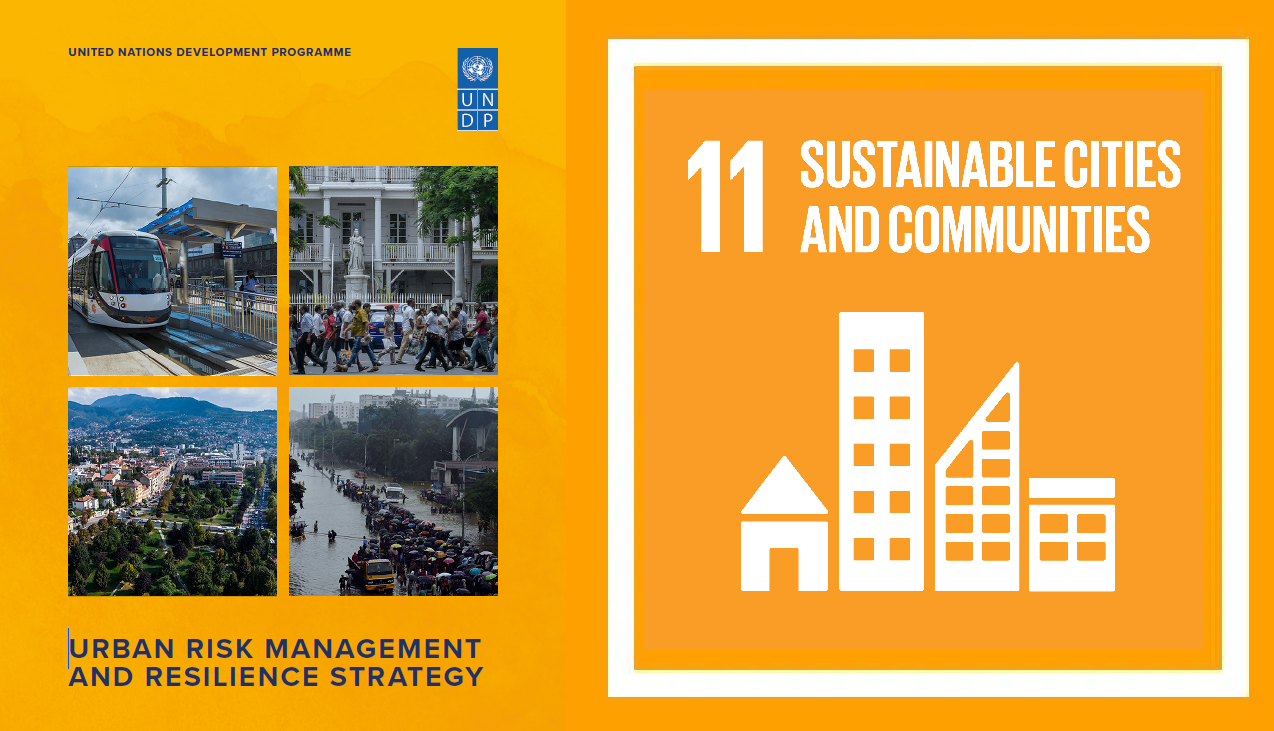
The new UNDP Urban Risk Management and Resilience Strategy has identified five strategic priorities for policy and programmatic action to achieve Sustainable Development Goal 11 on sustainable cities and communities.
Driven by this sense of new urgency, UNDP is revisiting its urban risk management and resilience-building practices through a multifaceted approach. The newly published UNDP Urban Risk Management and Resilience Strategy has identified five Strategic Priorities for policy and programmatic action, focusing on urban resilience through a multidimensional lens.
First, UNDP will give more focus to neglected geographies where greatest capacity gaps exist, such as small, medium and transitioning cities in LDCs, low- and middle-income countries and SIDS, including cities in or on margins of crisis/fragile contexts. UNDP’s risk assessment tools such as its Crisis Risk Dashboard will be strengthened to make better use of data in risk atlases, while initiatives like the European Commission’s INFORM as well as UNDP and the Government of Japan’s Global Centre for Disaster Statistics (GCDS) will provide actionable risk analysis and information to support risk management and resilience building needs.
Second, UNDP will strengthen urban governance by bridging the gap between national policy and implementation at the municipal level, and by stepping up engagement with key city interest groups. Effective urban governance means engaging all actors to shape urban development through connected policies and collective actions. This will improve decision-making processes by fostering participation and overcome traditional barriers to address existing risks and prevent new ones.
Third, UNDP will ensure that urban development and services address the specific needs and vulnerabilities of marginalized groups in urban communities. This will include improving their access to urban services such as health and education, while addressing the circumstances which increase their exposure and vulnerability to small-scale localized incidents as well as growing “everyday” risks.
Fourth, UNDP will augment capacities of less-resourced cities to manage multidimensional risks through well-financed, risk-informed urban development planning and investments. This includes facilitating its application at city levels, and bringing it to scale by fostering an enabling environment that aligns public and private finance to meet development and resilience-building needs. In order to help realize this objective, access to actionable risk information, forecasting and anticipating shocks while effective end-to-end early warning systems is currently being facilitated.
Finally, UNDP will expand innovation for resilient urban futures. Recognizing the dynamic and evolving needs in cities, the potential of innovative and digital technology-based solutions such as modelling, scenario planning and resilience benchmarking are being optimized to improve urban services and functionality, while augmenting urban planning and crisis management systems. The expertise of UNDP and the Government of Japan’s DX4Resilience (“Accelerating Disaster Risk Reduction and Enhancing Crisis Response through Digital Solutions”), UNDP’s Accelerator Labs and the SDG AI Lab will help devise contextual solutions.
But UNDP cannot do it alone. The need to join hands in this Decade of Action to bring the capabilities of all actors and stakeholders to achieve SDGs is well recognized. UNDP is fostering partnerships across the UN system as well as with other key players to adopt an “all hands on deck” approach to help meet current needs, unlock development constraints and address existing governance deficits while laying the foundation for meeting emerging priorities.
Recognizing this imperative, UNDP’s Strategic Plan 2022-2025 seeks to transform our development approach by mutually reinforcing investments in structural transformation, addressing the needs of the poor and the marginalized to ensure that no one is left behind and ensuring resilience to intersecting and systemic risks to foster sustainable development.

 Locations
Locations
